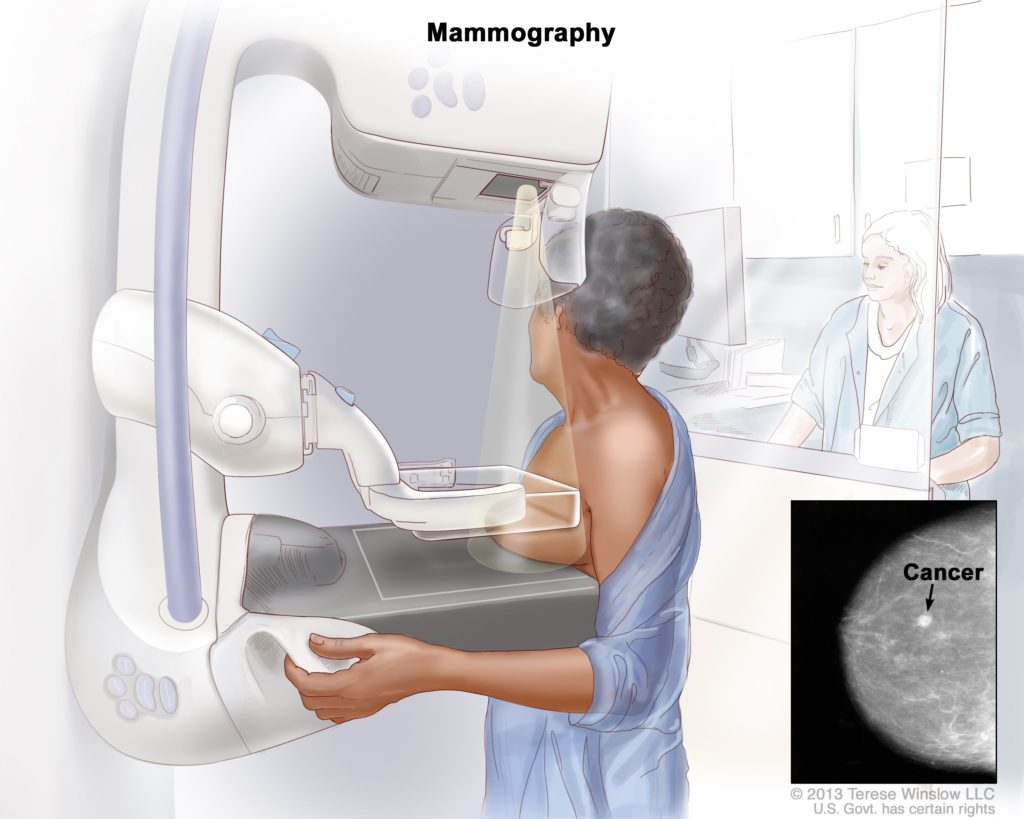Every year in October, a Breast Cancer Awareness Month campaign takes the spotlight. The campaign is dedicated to raising awareness on Breast Cancer, which predominantly happens in women. In this particular month, people are encouraged to don pink outfits or wear a pink ribbon to “honor survivors, remember those lost to the disease, and to support the progress we are making together to defeat breast cancer,” as mentioned by the American Cancer Society. Here at Glitz, we want to tell you everything you need to know about Breast Cancer in Singapore and why it’s so important for you.
What Is Breast Cancer?
Contents
Breast Cancer is a type of cancer that starts in the breast. It happens when cells that are supposed to grow at a normal rate, start to grow out of control. Breast cancer is one of the most common cancers after skin cancer. And while it occurs more commonly in women, men are also able to develop this disease. However, the rate of breast cancer survivors has been increasing throughout the years. This is because of early detection as well as a better understanding of the disease, thanks to the advancement of technology. If you’re curious to know the stages of breast cancer, and whether or not you display any of the symptoms, then keep reading.
What Are The Stages Of Breast Cancer?
Stage 0
Stage 0 breast cancer is commonly known as carcinoma in situ. This is when abnormal cells start to grow in your breast. The most common stage 0 breast cancer is ductal carcinoma in situ (DCIS), in which abnormal cells grow in milk ducts. ‘In Situ’ actually means ‘in place’, and therefore, this cancer has yet to spread into the breast tissue that surrounds it. It is important to detect non-invasive cancer early as it is highly treatable. However, if left untreated it can turn invasive and start spreading to the breast tissue around it.
Stage 1
In this stage, the cancer is evident but is only spreading in the breast. This is also known as invasive. Stage 1 breast cancer can be separated into stage 1A and stage 1B, depending on the size of the tumour and whether cancer is present in your lymph nodes.
Symptoms of Stage 1A:
- Tumour is less than 2cm small and has not spread to lymph nodes.
Symptoms of Stage 1B:
- Lymph nodes have very small cancer evidence (around 0.2mm-2mm), and either no actual tumour is found.
- OR the tumour is smaller than 2cm.
Stage 2
If you have been diagnosed with stage 2 breast cancer, it most likely means that the cancer is growing. But the cancer is still only in the breast or has only spread to nearby lymph nodes. In this stage, your cancer is divided into stage 2A and stage 2B. What determines the difference is the size of the tumour and whether or not it has spread to your lymph nodes.
Symptoms of Stage 2A:
- No tumour is present and less than four lymph nodes have cancer.
- OR the tumour is less than 2cm and less than four lymph nodes have cancer.
- OR the tumour is 2-5cm but has not spread to the lymph nodes.
Symptoms of Stage 2B:
- Tumour is 2-5cm and has spread less than four lymph nodes.
- OR the tumour is bigger than 5cm but has not spread to any lymph nodes.
Stage 3:
When you have stage 3 breast cancer, it means that cancer has spread further than the original place. It has also invaded lymph nodes as well as your muscles. But cancer has not spread to your organs. This stage of breast cancer is considered serious but there are many effective treatments that are increasing as well. Just like the previous stages, stage 3 breast cancer is also divided into few parts depending on the different conditions.
Symptoms of Stage 3A:
- The tumour is less than 2cm and 4-9 lymph nodes have cancer.
- OR the tumour is bigger than 5cm and lymph nodes have cancer clusters.
- OR the tumour is bigger than 5cm and cancer has spread to lymph nodes near breastbone or underarm.
Symptoms of Stage 3B:
- The tumour is of any size and cancer has spread to lymph nodes as well as the chest wall or breast skin.
Symptoms of Stage 3C:
- The tumour is of any size OR no tumour is found. But 10+ lymph nodes have cancer.
- The tumour is of any size OR no tumour is found. But lymph nodes near the collarbone have cancer.
- The tumour is of any size OR no tumour is found. But lymph nodes near the breastbone or underarm have cancer.
Stage 4:
This is the last and final stage of breast cancer, which is also the most serious one. If you have stage 4 breast cancer, this means that cancer has spread to your organs. Typically, this cancer would attack your brain, lungs, bones and liver. Stage 4 breast cancer is not treatable, but many treatment options allow breast cancer patients to extend their lives for several years. The most important thing to do when you have stage 4 breast cancer is to ensure you surround yourself with people who support you.
How To Tell You Have Breast Cancer?
Breast cancer awareness is knowing that early detection is vital. This is because it prevents cancer from growing and eventually becoming untreatable. It’s unfortunate that the symptoms of breast cancer are pretty much invisible and can only be seen via a proper visit to the doctors. But there are some early signs that you might be able to catch when you are aware of your breast health. Here, we list down some early signs you should take note of.
Does Your Breast Or Nipple Feel Or Look Dfferent? Take Note Of These Signs.
- Nipple tenderness.
- A lump or something thick near your breast or the underarm area.
- Skin texture changes.
- The pores of your breast skin are enlarging (the pores will look like those on an orange peel).
- A lump in your breast (it may not be cancerous but it is best to get it checked).
Does Your Breast Or Nipple Appear Different? Pay Attention To These Indicators.
- Change in size or shape of your breast that you cannot explain.
- A dimpling at anywhere on your breast.
- Swelling of your breast, especially when it happens to only one side.
- Shrinking of your breast, especially when it happens to only one side.
- Sudden unequal size in your breasts. Do note that women commonly have one bigger breast than the other but if the changes in sizes are recent, best to get it checked out.
- Nipples are turning inward or inverted.
- Red, swollen or scaly skin of the breast.
Is There Discharge Coming Out From Your Nipples? It’s Time For A Trip To The Doctors.
- Especially clear or bloody discharge.
- Milky discharge for women who are not breastfeeding may not be linked to breast cancer but should be looked at by a doctor just in case.
When Should You Start Getting Mammograms?

Breast cancer awareness is knowing when to get a mammogram in Singapore. A mammogram is basically an x-ray for your breast, which helps to determine the existence of breast cancer. The American Cancer Society recommends that women get their first mammogram in Singapore at the age of 40. This is if you do not possess any of the symptoms of breast cancer during the earlier years. However, you can choose to get your first mammogram in Singapore at any age if you are curious. But women who are 45-54 years of age should get mammograms every year. And women aged 55 and above should do a mammogram screening in Singapore every 2 years. Overall, regular home checks are recommended and early detection is always the best.
For more lifestyle-related information, make sure to follow us on Facebook and Instagram.


















